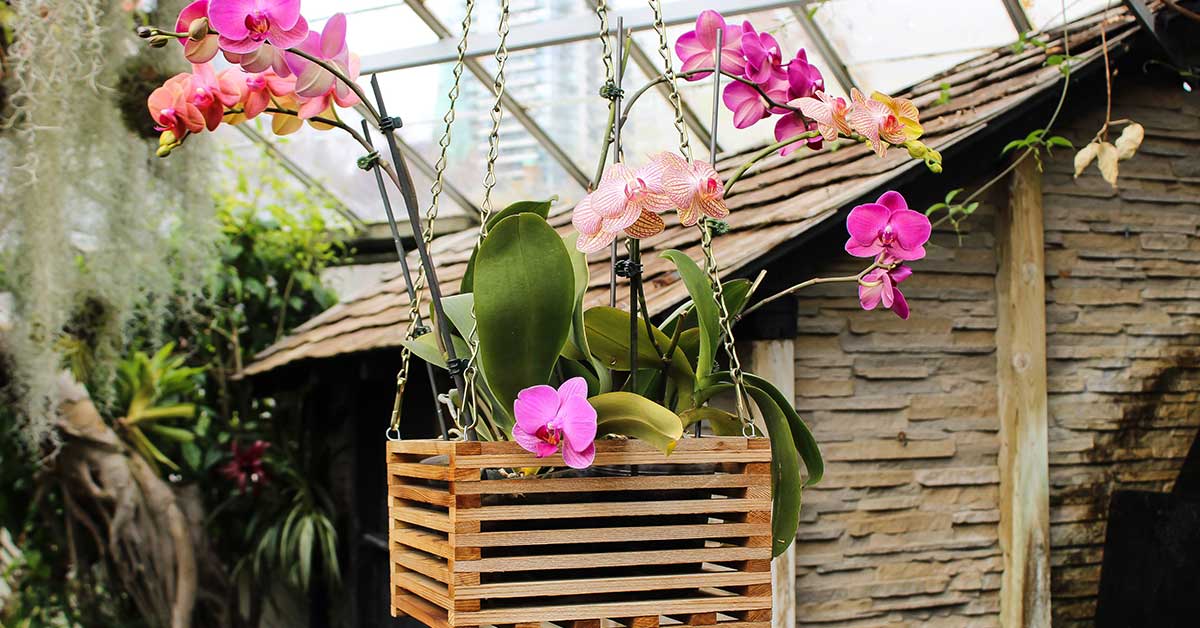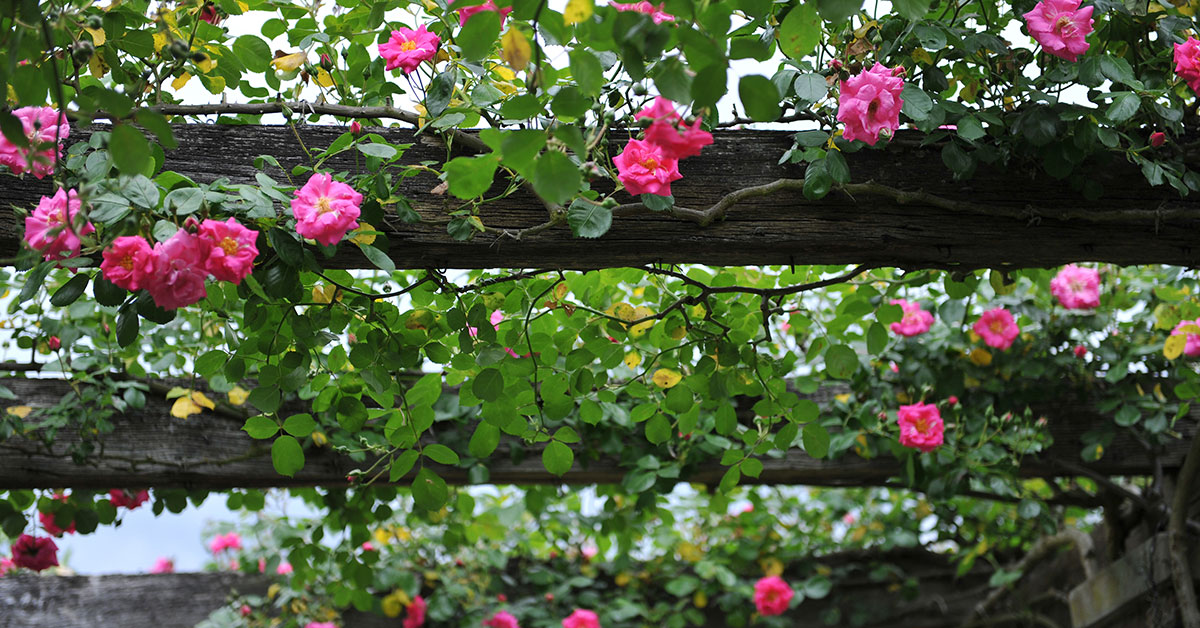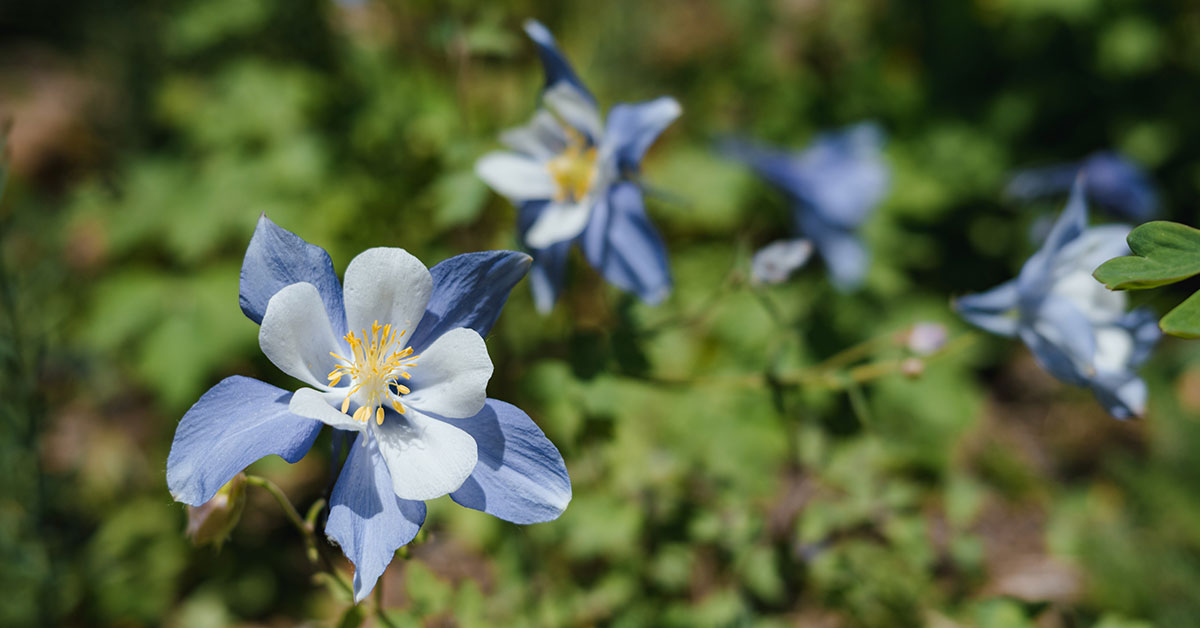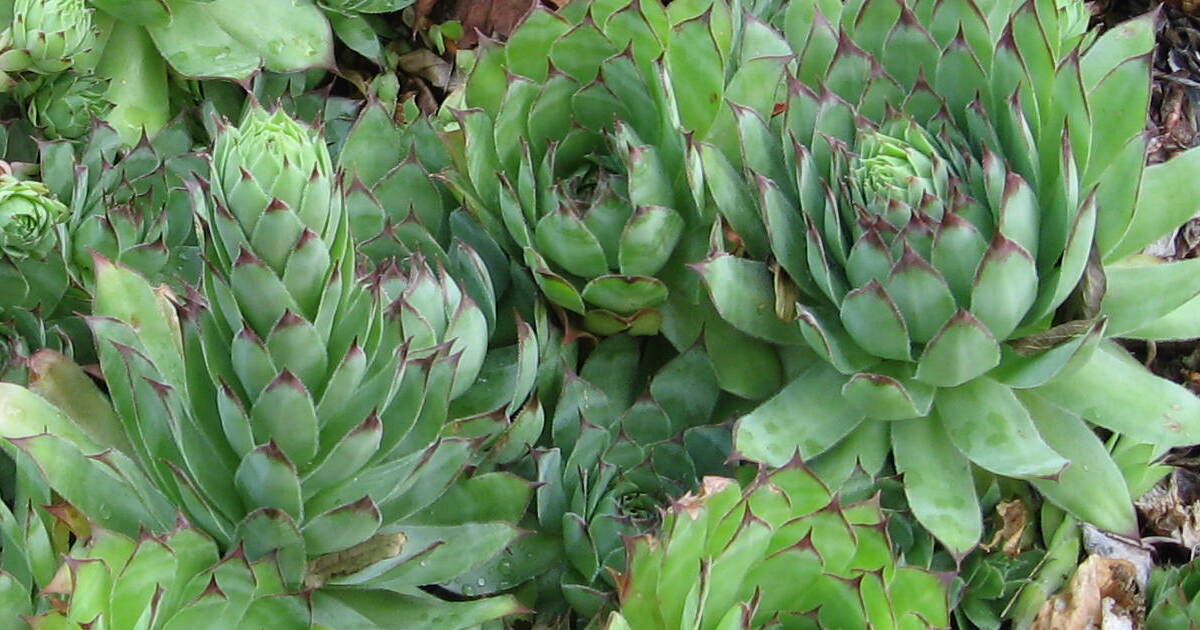Campanula, also known as bellflowers, are a beautiful and versatile group of plants that come in a variety of shapes, sizes, and colors. These plants are known for their bell-shaped flowers that range from deep blues and purples to pinks and whites.
Campanula can be found in a variety of settings, from rock gardens to borders and containers. They can also be grown as perennials or annuals, making them a popular choice for gardeners of all levels of experience. In this article, we will explore the many different types of bellflowers and how to grow them successfully in your garden.
What is a Campanula?
Campanula is a genus of flowering plants that belongs to the family Campanulaceae. Also known as bellflowers, these plants are native to many regions of the world, including Europe, Asia, and North America. The name Campanula is derived from the Latin word campana, which means bell, and refers to the bell-shaped flowers that are characteristic of this plant.
There are over 300 different species of bellflowers, ranging from annuals to perennials, and they come in a variety of sizes and colors. Most Campanula species are herbaceous plants, but there are a few that are shrubs or small trees. The flowers of Campanula can be blue, purple, white, or pink and are often used in floral arrangements due to their beauty and delicate appearance.
Campanula plants are a popular choice for gardeners, as they are easy to grow and require minimal care. They are also attractive to bees and butterflies, making them a great addition to any pollinator-friendly garden. With their charming blooms and easy-to-grow nature, it’s no surprise that bellflowers are a beloved plant among gardeners and nature enthusiasts alike.
Where is Campanula native?
Campanula, also known as bellflower, is a genus of flowering plants that belongs to the family Campanulaceae. Although the genus Campanula is native to Europe, Asia, and northern Africa, it has been widely cultivated in various parts of the world, including the United States.
In the United States, bellflowers can be found growing in many different states, particularly in the eastern and central regions. Some of the states where Campanula is native include Maine, Vermont, New Hampshire, Massachusetts, Connecticut, New York, Pennsylvania, Virginia, West Virginia, Ohio, Michigan, Indiana, Illinois, Wisconsin, and Minnesota.
Campanula has also been introduced to other parts of the world, including Australia, New Zealand, and South America, where it has become naturalized in some areas. However, it is important to note that some species of Campanula are considered invasive in some regions and can cause harm to local ecosystems if not properly managed.
Overall, this flower is a beautiful and versatile plant that can be found in many different regions of the world, including the United States. Whether you are a gardener, hiker, or nature enthusiast, you are sure to appreciate the beauty and diversity of this fascinating genus.
How to start Campanula seeds
Campanula is a beautiful flowering plant that is easy to grow from seed. Starting Campanula from seed is a great way to add color and texture to your garden or indoor space. Here are some tips on how to start bellflowers from seed.
Choose the Right Time to Plant
Seeds can be planted in the spring or fall. If you are planting in the spring, wait until the danger of frost has passed. If you are planting in the fall, plant the seeds six to eight weeks before the first frost.
Prepare the Soil
Campanula prefers well-draining soil that is rich in organic matter. Work compost or aged manure into the soil to improve drainage and add nutrients. Make sure the soil is moist but not waterlogged.
Sow the Seeds
Sprinkle the seeds on the soil surface and gently press them into the soil. Do not cover the seeds with soil, as they need light to germinate. Water the seeds gently to settle them into the soil.
Provide the Right Conditions
The seeds need consistent moisture and warmth to germinate. Keep the soil moist but not soggy, and keep the seeds in a warm spot with temperatures between 60 and 70 degrees Fahrenheit.
Care for the Seedlings
Once the seeds have germinated, thin the seedlings to one every two inches. Keep the soil moist and provide the seedlings with bright, indirect light. When the seedlings have grown their first true leaves, you can transplant them into individual containers or into the garden.
Starting bellflowers from seed is a simple and rewarding way to add this beautiful plant to your garden or indoor space. With a little care and attention, you can enjoy the colorful blooms of Campanula for years to come.
Growing guide
Campanula, also known as bellflowers, are beautiful perennials that come in a variety of colors and sizes. Growing Campanula is relatively easy, and they make a great addition to any garden. Here are some tips to help you grow Campanula successfully.
- Choose the right location: Campanula prefers a moist, well-draining soil and partial shade to full sun. They can thrive in a variety of soil types, but soil that is too dry or too wet can cause problems. Make sure the location you choose has good drainage and receives the right amount of sunlight.
- Prepare the soil: Before planting bellflowers, prepare the soil by adding compost or manure to improve fertility and drainage. Campanula can also benefit from a balanced fertilizer in the spring and fall.
- Planting: Campanula can be planted in the spring or fall. Dig a hole that is slightly deeper and wider than the root ball. Place the plant in the hole and fill it with soil, pressing down gently to remove any air pockets.
- Watering: This plant needs regular watering, especially during hot and dry weather. Water deeply once a week, making sure the soil is moist but not waterlogged.
- Maintenance: Deadhead bellflowers regularly to encourage more blooms. In the fall, cut back the foliage to about 2 inches above the ground. This will help the plant survive the winter and come back stronger in the spring.
By following these simple tips, you can enjoy the beauty of Campanula in your garden for years to come.
Interesting facts
Campanula, also known as bellflower, is a genus of more than 500 species of flowering plants. These plants are known for their bell-shaped flowers that come in various shades of blue, pink, and white. In this section, we will discuss some interesting facts about Campanula.
- Bellflowers are native to many parts of the world, including Europe, Asia, and North America.
- The name “Campanula” comes from the Latin word “campana,” which means bell. This is a reference to the bell-shaped flowers that these plants produce.
- Some species are used in traditional medicine to treat various ailments. For example, Campanula rapunculoides has been used to treat coughs and bronchitis, while Campanula persicifolia has been used to treat eye infections.
- Campanula is a popular plant for gardens and landscaping because of its beautiful flowers and ease of care. They are often used as border plants or planted in rock gardens.
- In some cultures, it is believed to bring good luck and fortune. For example, in Turkey, it is believed that if you make a wish while looking at a Campanula flower, your wish will come true.
- Campanula is also a popular flower for use in floral arrangements and bouquets. The delicate bell-shaped flowers add a touch of elegance and charm to any arrangement.
- Some species of Campanula are edible and are used in cooking. For example, Campanula rapunculus, also known as rampion bellflower, has a root that is similar in taste to a radish and can be eaten raw or cooked.
In conclusion, Campanula is a fascinating plant with a rich history and many uses. From its medicinal properties to its use in gardens and floral arrangements, Campanula is a versatile and beautiful plant that is sure to delight anyone who encounters it.














